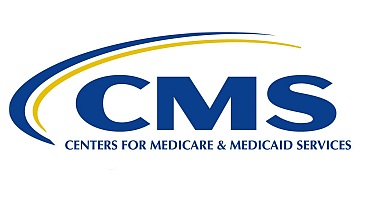Recently, the United States Center for Medicare & Medicaid Services (CMS) announced a review of its national coverage determination (NCD) for transcatheter aortic valve replacement (TAVR) programs, for the purpose of evaluating whether the procedural volume requirements for starting and maintaining TAVR programs are supported by the evidence.
In 2012, CMS established coverage of TAVR under Coverage with Evidence Development (CED). For TAVR procedures used to treat symptomatic aortic valve stenosis when furnished according to Food and Drug Administration (FDA)-approved indications, the NCD contains requirements including specific procedural volume requirements for heart teams and hospitals as well as mandatory participation in a prospective, national, audited registry.
In the 2012 NCD, the TAVR volume requirements include:
- 50 total aortic valve replacements (AVRs) in the prior year for a hospital to start a TAVR program;
- At least 20 AVRs per year or 40 AVRs every 2 years to maintain an existing program;
- 1,000 catheterizations annually to start or maintain a TAVR program;
- A cardiovascular surgeon with at least 100 career AVRs, 25 AVRs in 1 year, or 50 AVRs in 2 years to start a program; and
- To maintain a program, a cardiovascular surgeon and an interventional cardiologist need a combined experience of at least 20 TAVR procedures in the prior year or 40 in the prior 2 years.
TAVR centers must also participate in a national prospective registry, according to the current NCD. Another stipulation is that off-label TAVR procedures be performed in clinical studies that meet certain requirements and are approved by CMS.
The NCD also requires TAVR procedures for uses that are not expressly listed as an FDA-approved indication to be performed in clinical studies that meet requirements set forth in the NCD and are approved by CMS.
Debate continues about whether those standards are relevant in current practice. At the Structural Heart Disease Summit held in June 2018 in Chicago, IL, physicians wrangled with the issue, with many arguing that focusing on volume alone is not the best way to assess the quality of TAVR programs. One physician estimated that if current volume requirements are increased to levels proposed last summer by the American Association for Thoracic Surgery (AATS), American College of Cardiology Foundation (ACCF), Society for Cardiovascular Angiography and Interventions (SCAI), and Society of Thoracic Surgeons (STS), nearly 40% of TAVR centers would no longer qualify.
The draft consensus statement from those societies suggested minimums of 50 TAVR procedures per year (or 100 within the last 2 years) and 40 surgical AVRs per year (or 80 within the last 2 years. Those figures are up from minimums that were recommended in the previous multisociety consensus document published in March 2012.
On July 25, 2018, CMS is convening a panel of the Medicare Evidence Development & Coverage Advisory Committee (MEDCAC). Through this meeting, the Agency is seeking the MEDCAC’s recommendations regarding the evidence on procedural volume requirements for hospitals and heart team members to begin and maintain TAVR programs. CMS is also soliciting public comment relevant to the request, with particular interest in comments that include scientific evidence and that address the breadth of the request.
It seems like CMS may be willing to revisit its own requirements after being prompted by a formal request from three physicians, who are asking the agency to either retire the current NCD or remove the volume requirements. “TAVR is no longer a new, experimental, and risky procedure,” Peter Pelikan, MD, Richard Wright, MD, and John Robertson, MD, wrote to CMS last October. “The non-TAVR volume criteria in the NCD are not supported by evidence-based research and are restrictive for any high-quality but not high-volume cardiovascular program. Now that the procedure is streamlined, with excellent outcomes, CMS approval and reimbursement should be based on quality and not non-TAVR procedure volume surrogates for quality.”

